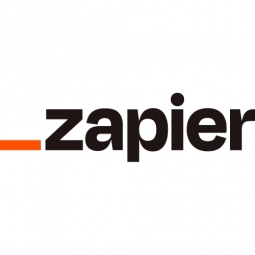- Equipment & Machinery
- Healthcare & Hospitals
- Logistics & Transportation
- Leasing Finance Automation
- Retail Store Automation
The customer in this case is Canada Sews, a volunteer group that was formed in response to the COVID-19 pandemic. The group, led by Lee-Anne Moore-Thibert, is dedicated to sewing and distributing personal protective equipment (PPE) to health workers across Canada. The group is made up of 8,000 volunteers who work tirelessly to meet the growing demand for masks. Canada Sews only provides masks upon request and has strict requirements for the fabric and pattern used to make masks. The group has also partnered with UPS locations in Canada, which act as drop-off locations for mask cleaning and provide free shipping for masks to reach their final destination.
As the COVID-19 pandemic hit North America, a Canadian volunteer group, Canada Sews, found itself in the midst of a massive effort to sew and distribute personal protective equipment (PPE) to health workers across the country. The group, led by Lee-Anne Moore-Thibert, was managing a network of 8,000 volunteers to meet the growing demand for masks. Initially, the process of receiving mask requests, inputting them into a spreadsheet, and manually sharing them with the teams was fraught with potential for human error. The system was not only time-consuming but also risky as exhausted team members could easily make mistakes, such as deleting an entire row of requests. The challenge was to streamline this process, eliminate the risk of human errors, and efficiently manage the large-scale volunteer effort.
To address these challenges, Simba Lipton, an experienced event organizer and a Zapier power-user, was brought on board to help with logistics. The solution involved the use of automation to centralize information and get data to the right people. Canada Sews moved its information to Airtable, a platform that combines database and spreadsheet functionalities. Mask requests were received through Typeform, which has powerful conditional logic for customizing an applicant's journey based on their responses. An intermediate step was created between Typeform and Airtable using Typeform's built-in Google Sheets integration and Zapier. When a new entry appeared in Google Sheets, it triggered a Zap—an automated workflow on Zapier—to add mask requests as new rows in Airtable. Each regional coordinator had a custom view in Airtable, allowing them to see mask requests from their specific province. Additionally, a second Zap was set up to trigger daily reminders in Discord for volunteer coordinators to report daily numbers.

Case Study missing?
Start adding your own!
Register with your work email and create a new case study profile for your business.
Related Case Studies.









